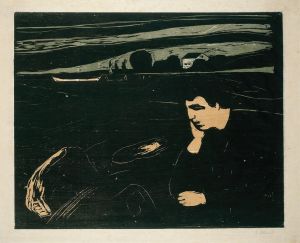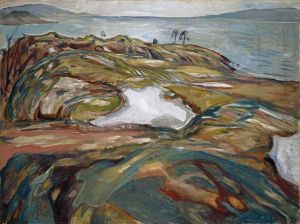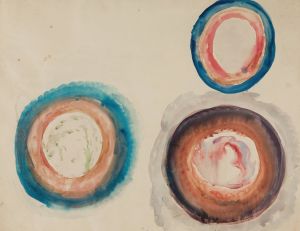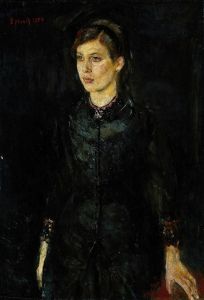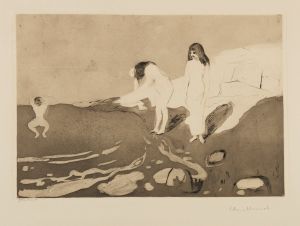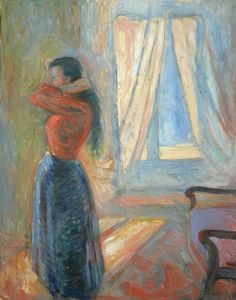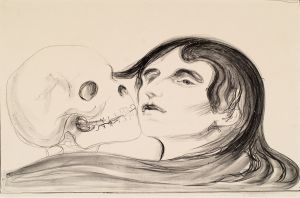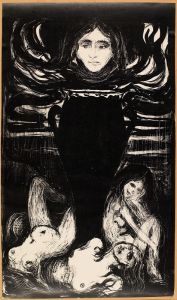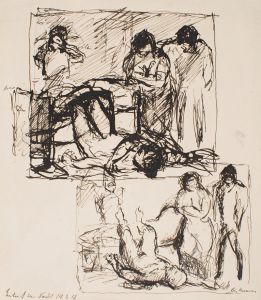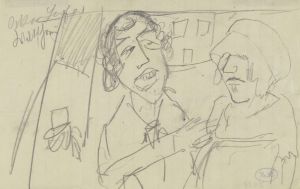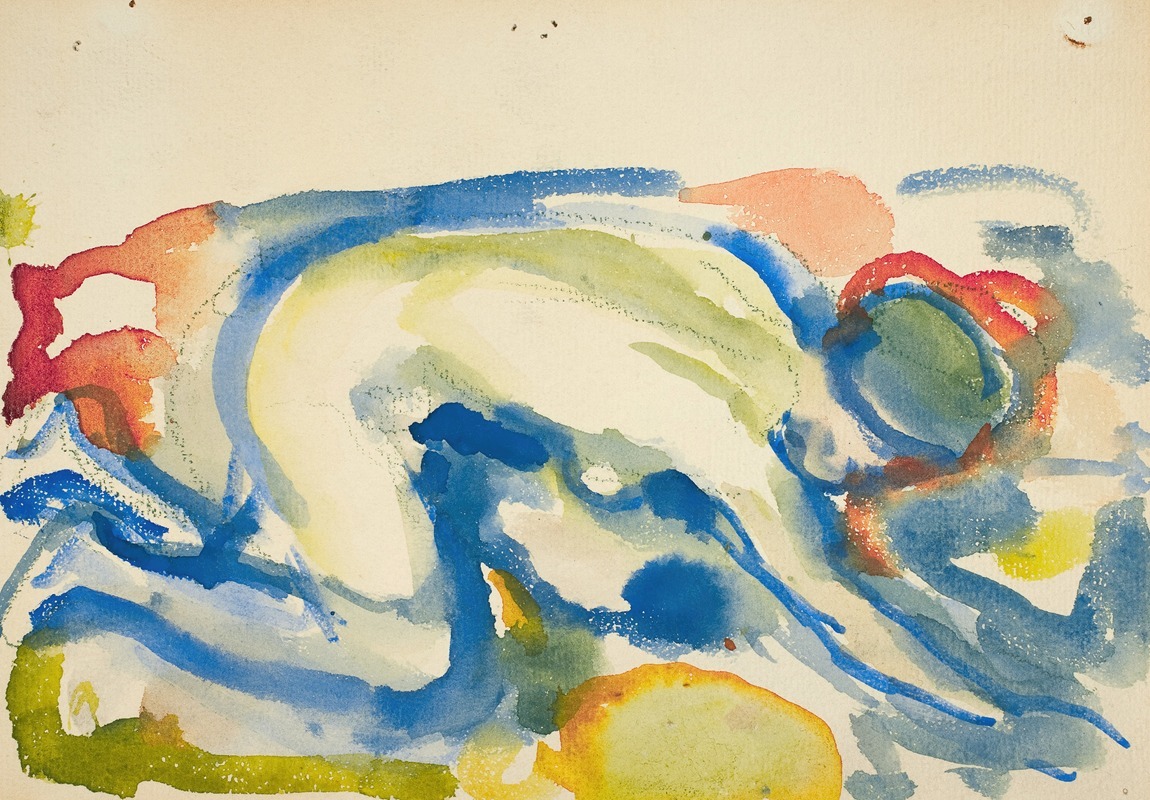
Knelende akt
A hand-painted replica of Edvard Munch’s masterpiece Knelende akt, meticulously crafted by professional artists to capture the true essence of the original. Each piece is created with museum-quality canvas and rare mineral pigments, carefully painted by experienced artists with delicate brushstrokes and rich, layered colors to perfectly recreate the texture of the original artwork. Unlike machine-printed reproductions, this hand-painted version brings the painting to life, infused with the artist’s emotions and skill in every stroke. Whether for personal collection or home decoration, it instantly elevates the artistic atmosphere of any space.
"Knelende akt" (Kneeling Nude) is a painting by the renowned Norwegian artist Edvard Munch, who is best known for his iconic work "The Scream." Munch was a pivotal figure in the Symbolist movement and a precursor to Expressionism, with his art often exploring themes of existential angst, love, and death.
"Knelende akt" was created in 1919, during a period when Munch was recovering from a serious illness. This time in his life was marked by a shift in his artistic style, moving from the intense emotionalism of his earlier works to a more subdued and introspective approach. The painting depicts a nude woman in a kneeling position, rendered with Munch's characteristic use of bold lines and expressive brushstrokes.
The composition of "Knelende akt" is relatively simple yet powerful. The figure of the woman is central, her body outlined in a way that emphasizes her form and posture. The background is minimalistic, drawing the viewer's attention to the subject. Munch's use of color in this painting is also notable; the muted tones create a somber and contemplative mood, which is a departure from the more vibrant palette seen in some of his earlier works.
Munch's depiction of the female form in "Knelende akt" reflects his ongoing exploration of human vulnerability and emotional depth. The kneeling position of the woman can be interpreted in various ways, but Munch leaves the interpretation open to the viewer, allowing for a personal connection to the piece. This ambiguity is a hallmark of Munch's work, inviting viewers to delve into their own emotions and experiences.
Throughout his career, Munch was influenced by various artistic movements and personal experiences. His early exposure to the works of Vincent van Gogh and Paul Gauguin, as well as his own struggles with mental health and the deaths of close family members, deeply impacted his artistic vision. These influences are evident in "Knelende akt," where the emotional intensity and psychological depth are palpable.
"Knelende akt" is part of Munch's extensive body of work that includes paintings, prints, and drawings. His contributions to art have left a lasting legacy, influencing countless artists and movements that followed. Today, Munch's works are celebrated for their emotional resonance and innovative approach to depicting the human condition.
The painting is housed in the Munch Museum in Oslo, Norway, which holds the largest collection of Munch's works. The museum provides valuable insights into Munch's life and artistic journey, offering visitors a comprehensive view of his contributions to modern art.
In summary, "Knelende akt" by Edvard Munch is a poignant example of the artist's ability to convey deep emotional and psychological themes through his distinctive style. The painting remains a significant piece within Munch's oeuvre, reflecting his mastery in capturing the complexities of the human experience.








